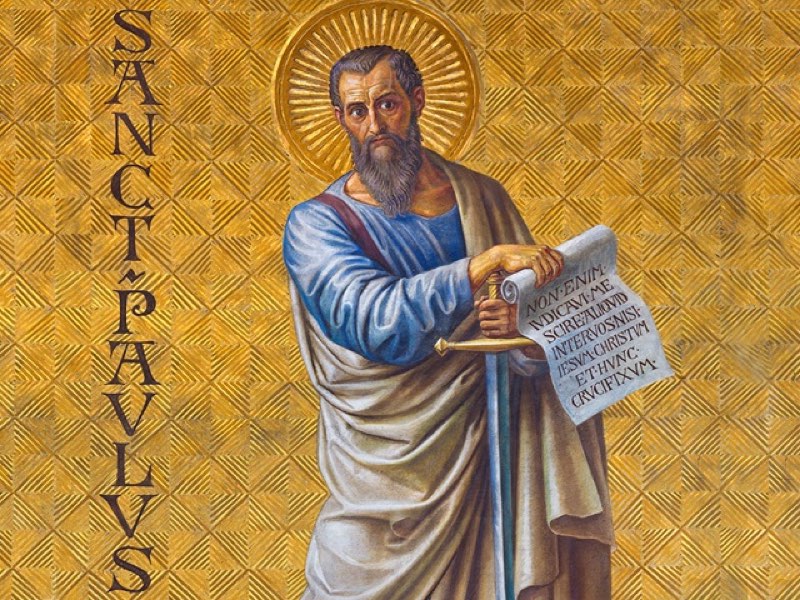PAUL
Michael A. Smith
Paul was bom into a Jewish family in Tarsus, where his parents were Roman citizens. He was a strict Pharisee, and even as a young man was outstanding in his orthodox beliefs and in his hatred of Christians. He was present at the stoning of Stephen, and was commissioned by the High Priest to arrest Christians at Damascus. Paul was converted through a vision of the risen Christ on his way to Damascus.
Temporarily blinded, he was befriended by a Christian called Ananias, and when cured he began to preach Christ in Damascus. However, attempts were made against his life, and he had to escape by being lowered down the city wall in a basket. After a spell in Arabia, Paul may have returned to Damascus, but later came to Jerusalem, where he was befriended by Barnabas and introduced to Peter. Further Jewish threats against his life forced him to flee again, and he returned to Tarsus.
There followed a period of roughly ten years about which little is known; but Paul must have been active in Christian work, for when the Gentile mission began to flourish at Antioch, Barnabas summoned him from Tarsus to join in the work. Paul visited Jerusalem again, taking famine-relief funds, and discussed the Gentile mission with Peter. Then Paul began the evangelistic work which made him the most outstanding Christian missionary of the first century.
He went with Barnabas and John Mark to Cyprus and Central Asia Minor, founding a number of churches. On his return he had a violent disagreement with Peter at Antioch about how far Gentiles had to accept Jewish customs when they became Christians. However, this question was settled soon after at the Council of Jerusalem (Acts 15).
Paul now set out again, this time with Silas, and they travelled through Asia Minor and crossed into Macedonia. Further successful missionary work followed, especially in Macedonia, Corinth and Ephesus. After another visit to Jerusalem, Paul left with Timothy for further evangelistic work, finally returning to Jerusalem with money collected for the poor Christians there.
On his arrival, Paul was seized by a Jewish mob and would have been lynched, but for the prompt intervention of the Roman garrison. He was kept in protective custody at Caesarea for two years by the Roman governor Felix, whose successor, Festus, suggested that Paul be tried at Jerusalem. But Paul refused to face such a biassed court and appealed to the Roman Emperor for justice. Paul was taken under escort to Rome, surviving a shipwreck at Malta on the way.
After two years in Rome (at which point the account in Acts ends) Paul was probably released and spent further time in missionary work before being martyred on a second visit to Rome during Nero’s persecution of AD 64. Paul’s surviving letters are found in the New Testament.
Galatians was probably written before the Council of Jerusalem. 1and 2 Thessalonians date from Paul’s first journey into Greece; Romans and 1 and 2 Corinthians come from his last spell in Greece before his arrest at Jerusalem. Philippians, Colossians, Ephesians and Philemon were probably written from Rome during Paul’s first imprisonment (although some scholars date them from an earlier imprisonment in Ephesus). 1 and 2 Timothy and Titus were probably written after Paul’s first stay in Rome.
Paul’s letters were highly valued during his lifetime, and were probably collected together soon after his death. In 1 Clement (written about AD 95) they are already accepted on an equal basis with other Scripture. They were certainly in their present collected form by the time of Marcion (about AD 140).
Paul’s theology was not well understood in the period immediately after his death. This was partly because the heretic Marcion rejected the Old Testament and much that was Jewish in the New Testament, and made great use of Paul’s writings to support his own ideas. As long as Marcion’s heresy was a threat, mainstream Christian teachers did not stress many of Paul’s distinctive doctrines, such as law and grace. Augustine was the first to give full weight to Paul’s theology.

